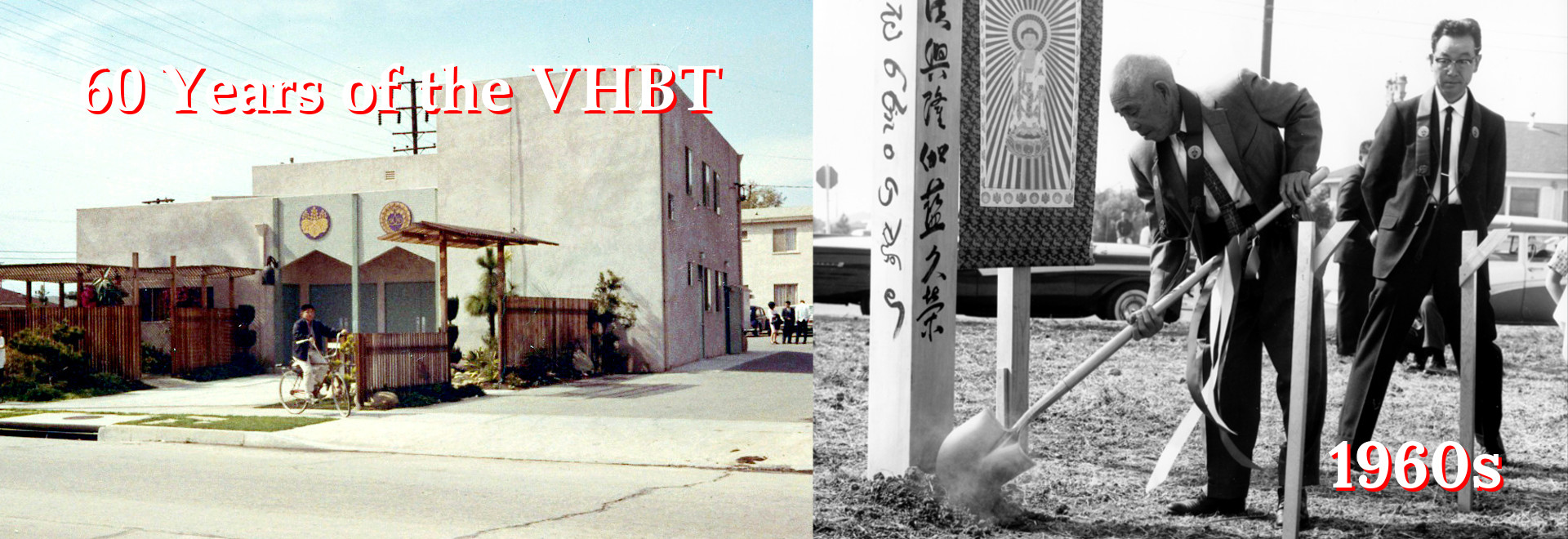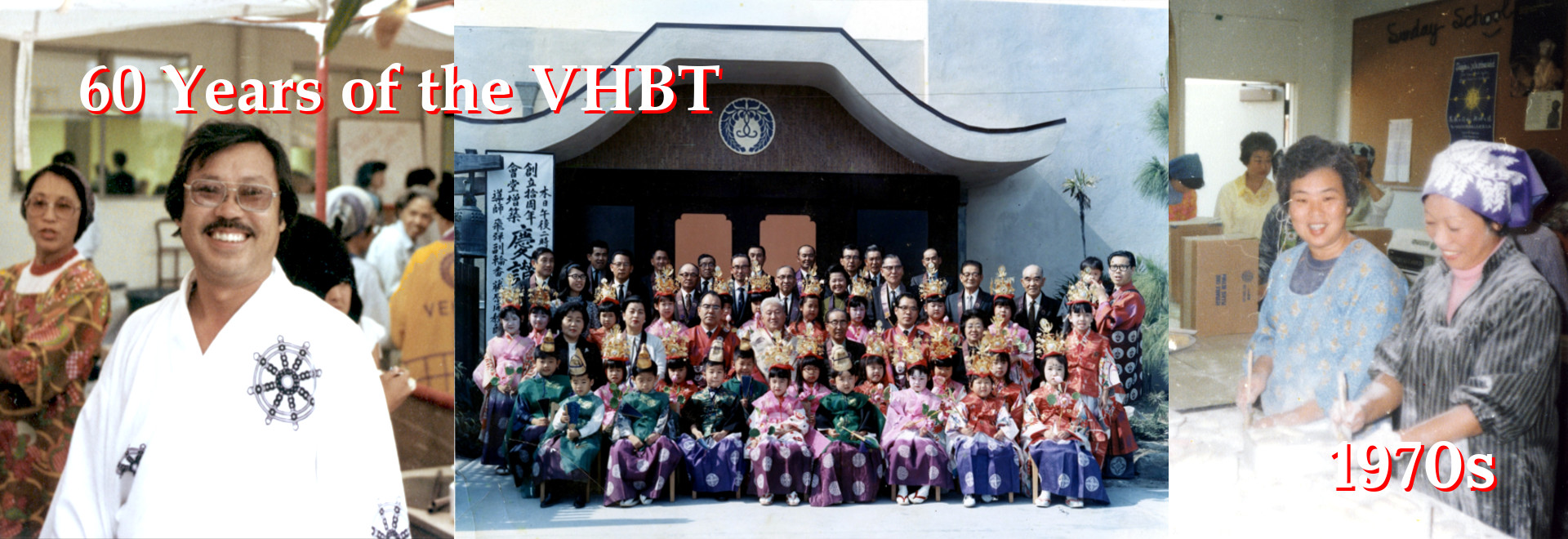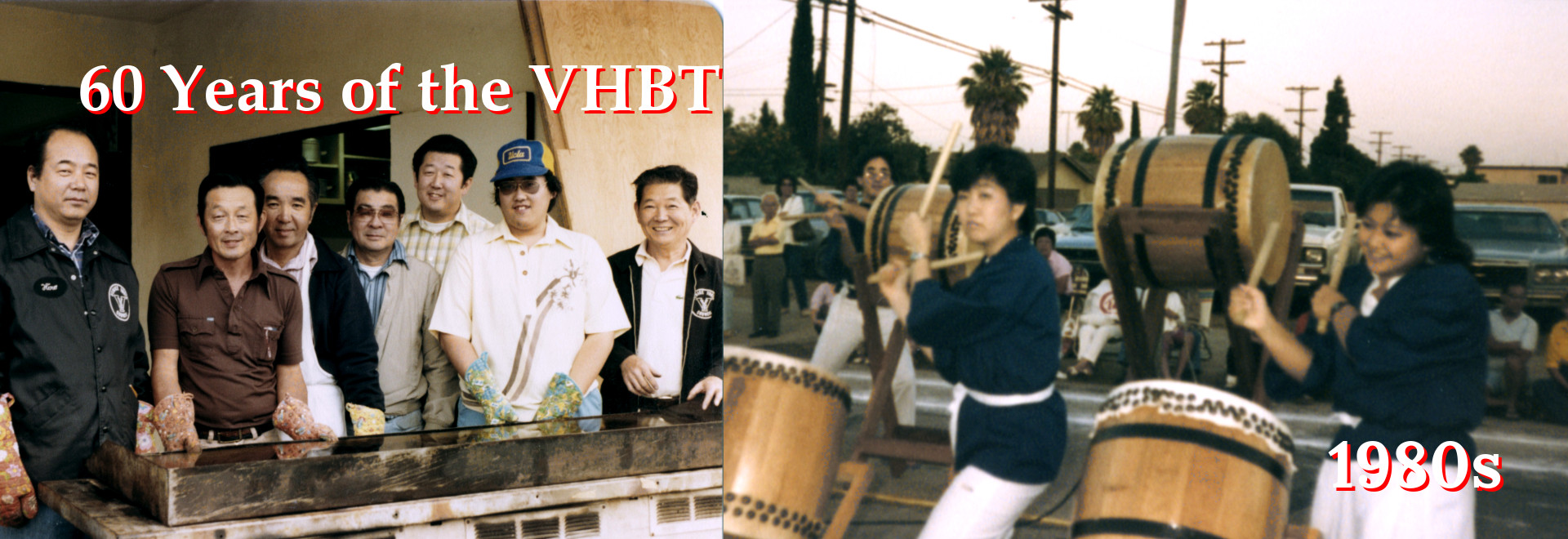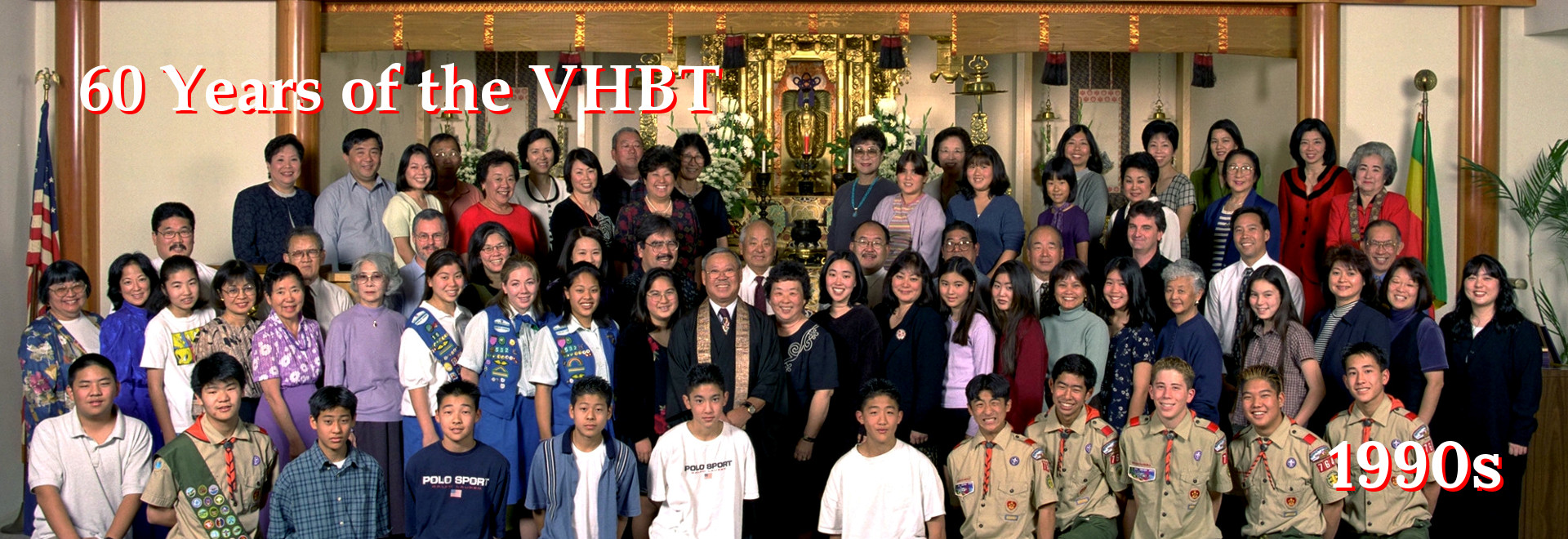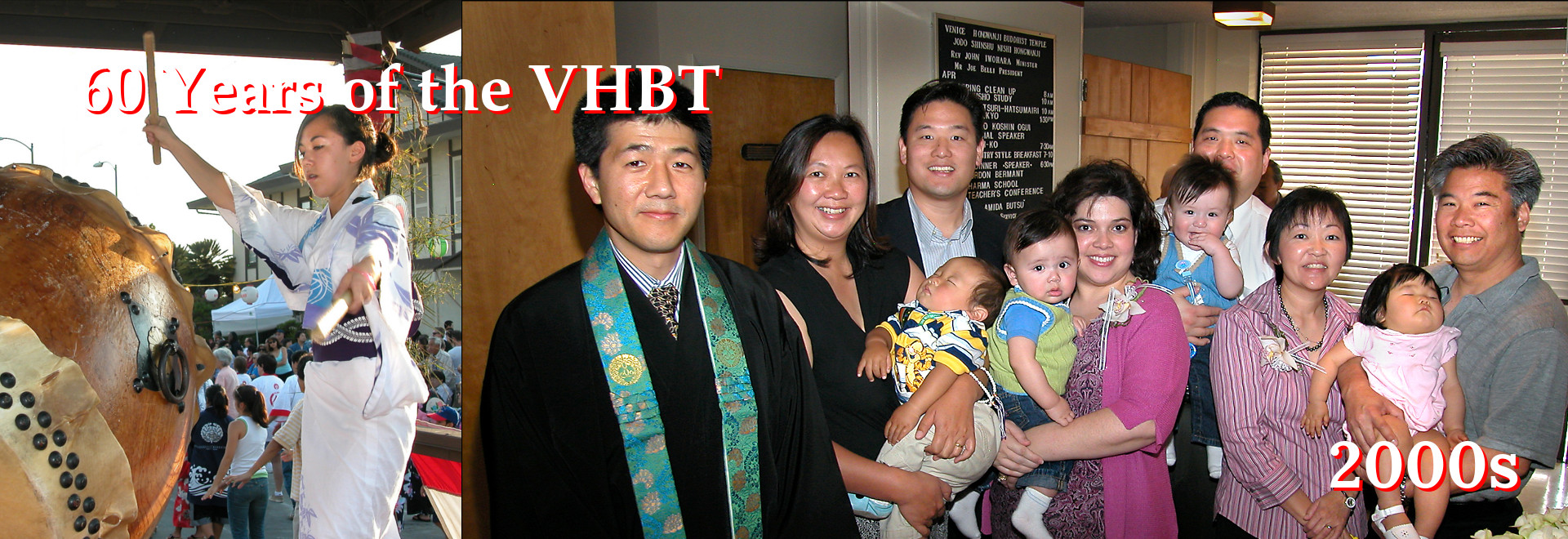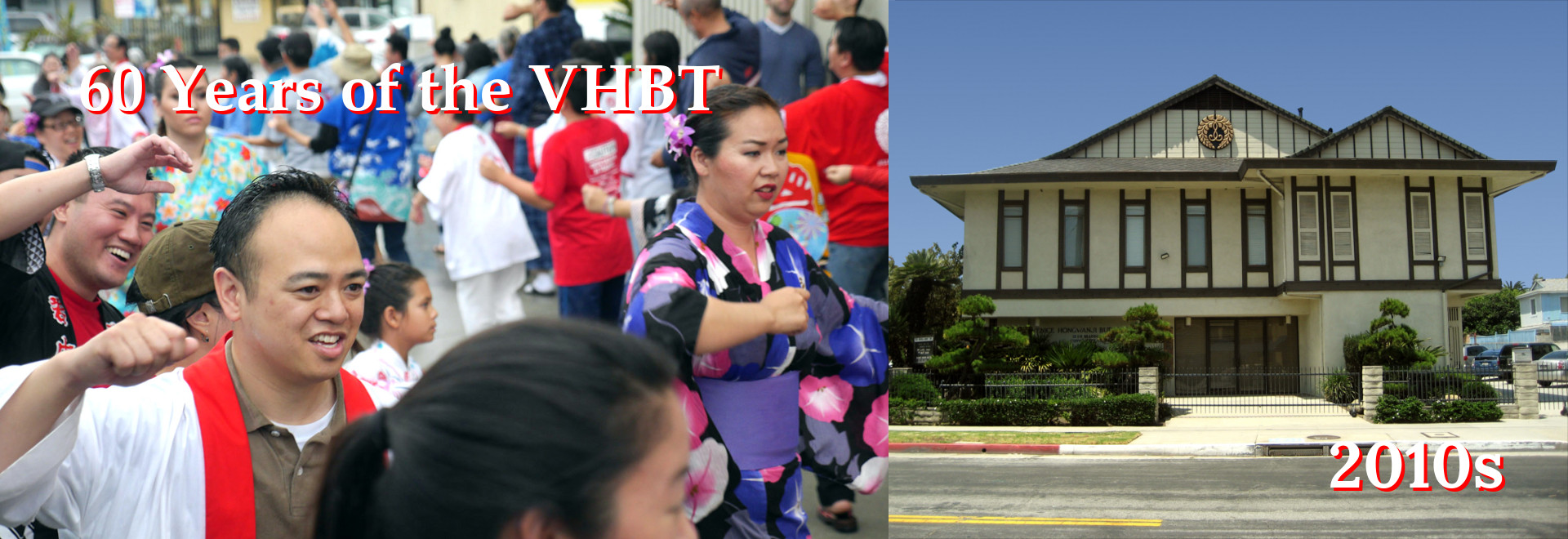In the month of February, our Fujinkai (women’s association), together with all Nishi Hongwanji temples with a Fujinkai, will take the time to remember the life of Takeko Kujo (October 20, 1887 – February 7, 1928). In conjunction with this service we will also be remembering all the late members of our Fujinkai.
In holding this and other memorial services, there are not a few people who ask, “Why does Jodo Shinshu put so much emphasis on dying? Why don’t we celebrate the happier times?” Part of this “emphasis” exists because of what the historical Buddha taught. He began by explaining how life is suffering: birth, old age, sickness and death are suffering. If the Buddha ended his explanation here, then Buddhism would be a very depressing teaching and probably would not have survived beyond the lament of the Buddha. Fortunately, however, the Buddha’s Enlightenment and the awareness he shared did not end here. He went on to tell us how we can transcend the suffering that is a part of our very existence. In beginning with this very somber truth, the Buddha also helped us to understand why we need religion in the first place. If we were completely satisfied with our lives there would be no reason for us to seek out the truth. We only really look towards religion when we think, “There has to be something more. There has to be something better.”
Experiencing death is one of those times when we are especially motivated to seek out the answers that religion can and has provided to humanity. Confronting death is typically when we most want to understand the meaning of our lives because we begin to wonder, “Is this all there is?” In being forced to confront this unease of ours, we begin to more fully appreciate and understand the words of the Buddha: “Life is suffering.” In this statement, we come to realize here is someone who understands what I am feeling. Although it may be true that “misery loves company,” what we really want is to get beyond our misery. We want to be happy.
In remembering the lives of people like Takeko Kujo and our late fujinkai members, we discover that we are not the only ones that want us to be happy. All those that have gone before us have worked very hard, on our behalf, to help us be able to meet with a teaching that can help us overcome our misery when we most need to be freed. This is one of the reasons why we hold memorial services. It is not to dwell on death. It is to help us to appreciate the gift of the Nenbutsu and to help us to re-discover all those who have helped us to hear and then to receive this gift when we most need to hear and receive. In helping us to receive this gift from our past, and through this help us to really receive the gift of life in the present, Takeko Kujo helps us all to re-connect with our shared past in writing about what she was able to receive from Rennyo Shonin. Here are some of her words, left for us in her work “Muyuge,” that hopefully helps us to remember not just the gift of her life to us, but all the lives that we have become a part of through Namo Amida Butsu.
Rennyo Shonin never lost himself in his pain and suffering. He never denied that he lived within torment, but its shadow did not affect him because he experienced the shining light of enlightenment. And, living within the deep joy of the teaching, he became a completed person.
Kujo, Takeko. Muyuge: Flower Without Sorrow. Los Angeles: Nembutsu Press, 1985. Print
Rev. John Iwohara
Feb. 2013
